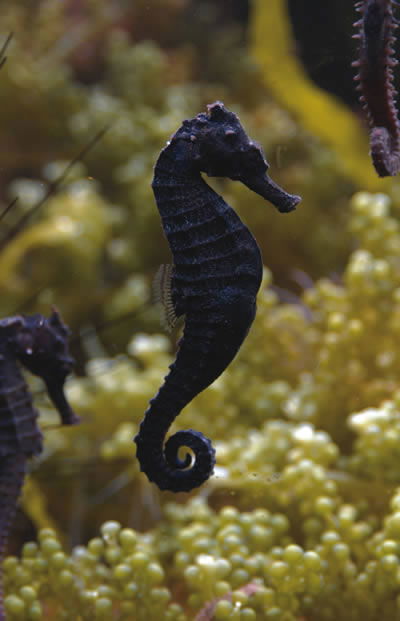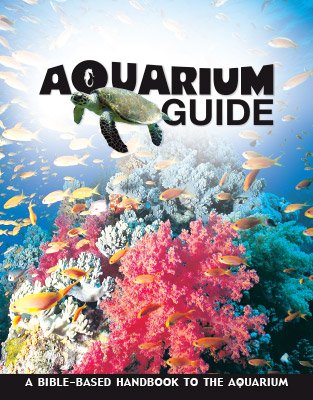Seahorse
The body of the seahorse is similar to the leafy and weedy sea dragons. It is covered with bony plates and has a tube-like snout. The seahorse is well camouflaged in its habitat.

Design
The male of all seahorse species carries the fertilized eggs in a brood pouch until they are ready to hatch. During this time, an amazing change is occurring. When the young are first developing, the placental-like fluid provides the fertilized eggs with nutrition and oxygen. Later in their development, this fluid changes its chemical content, which helps the unborn young become familiar with the seawater. This chemical change was not the result of chance, random processes but was the creative design of almighty God.
Features
- The body of the seahorse is similar to the leafy and weedy sea dragons. It is covered with bony plates and has a tube-like snout.
- The seahorse is well camouflaged in its habitat.
Fun Facts
- The genus name Hippocampus is the Greek’s description of a mythical god that was half-horse and half-fish.
- Some seahorse species can change their color and/or pattern to help them blend into their surroundings.
- The seahorse can move its eyes independently of one another.
CLASS: Actinopterygii (ray-finned fishes)
ORDER: Syngnathiformes (pipefishes and sea horses)
FAMILY: Syngnathidae (pipefishes and sea horses)
GENUS: Hippocampus
SPECIES: About 35 species
Size: 0.4–11.8 in (1–30 cm)
Depth: 0–26 ft (0–8 m); maximum depth of 180 ft (55 m)
Diet: Zooplankton, small crustaceans, and larval fishes
Habitat: Shallow temperate and tropical waters worldwide
Aquarium Guide
This long-awaited Aquarium Guide includes beautiful pictures and reveals the incredible facts and design features that point to our amazing Creator.
Browse Kids Book- © 2025 Answers in Genesis
- Privacy Policy
- Contact
- About

